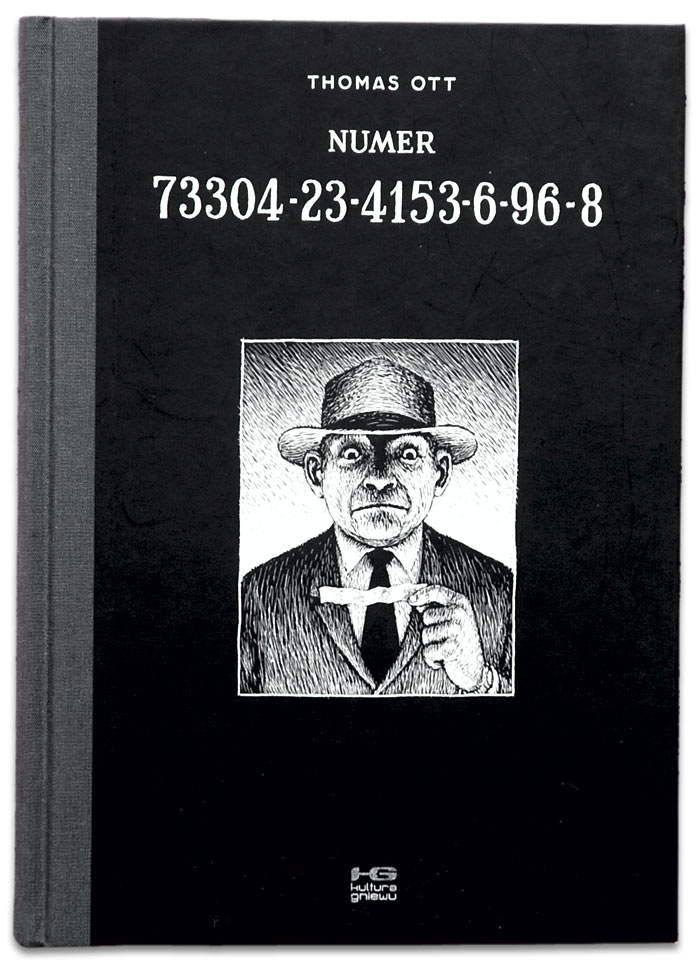
But from that day on, his luck changes and the numbers bring him only bad luck, sending him inexorably into an abyss that he might not recover from. The man goes in search of the woman and the money. He gets to know a woman, falls in love with her, and one night, in a casino, he wins a huge amount of money when gambling on these numbers.īut the next morning, the woman and money have disappeared.

And the numbers signal a radical change in his luck. To find out their hidden meaning could add a new meaning to his life as well, so the guard stumbles into situations in which the number or part of it seem to achieve a certain importance and offer him hints and possible solutions. On the spur of the moment, he puts it into his pocket.Īs the guard lives a solitary, monotonous life, the numbers on the paper awake his curiosity. When clearing up the cell of a prisoner who has been sentenced to death and subsequently executed, a prison guard finds a small piece of paper with a combination of numbers on it. Anyone whose tastes run to the eccentric and devilish will appreciate these volumes.Swiss horror master Thomas Ott returns with the first full-length graphic novel of his career. But Ott’s skill in visual storytelling gives weight to the work, and yielding to the flow of beautiful illustrations brings plenty of enjoyment.

To be sure, many of the tropes and themes here have been done before and with more nuance. In The Number 753-6-96-8 the narrative is structured through cyclic events, as randomness and significance become tangled, along with causal questions of will and determinism. In Cinema Panopticum, a girl finds a machine inside a fairground tent which serves as the entry point for four morbid, ironic stories. Twist endings, play with scale and perspective, and ghoulish humor are among the visual and narrative hallmarks of Ott’s work. The Number 753-6-96-8 is a longer, stand-alone piece which likewise deals in dark and gory themes.

Expressive faces and gestures, along with striking compositions, propel the viewer quickly through the pages, but they also invite second and third examinations. The results are alternately luminous and ominous, with an obsessive quality due to the density of marks. Ott’s beautifully textured art stands out from many other comics, as he uses black and white marks to carve out figures and spaces rather than describe them with line. His stories are articulated solely through image, without dialogue or exposition. Twisted, visually compelling, sometimes-nightmarish picture books. Thomas Ott creates picture books for grown-ups.


 0 kommentar(er)
0 kommentar(er)
